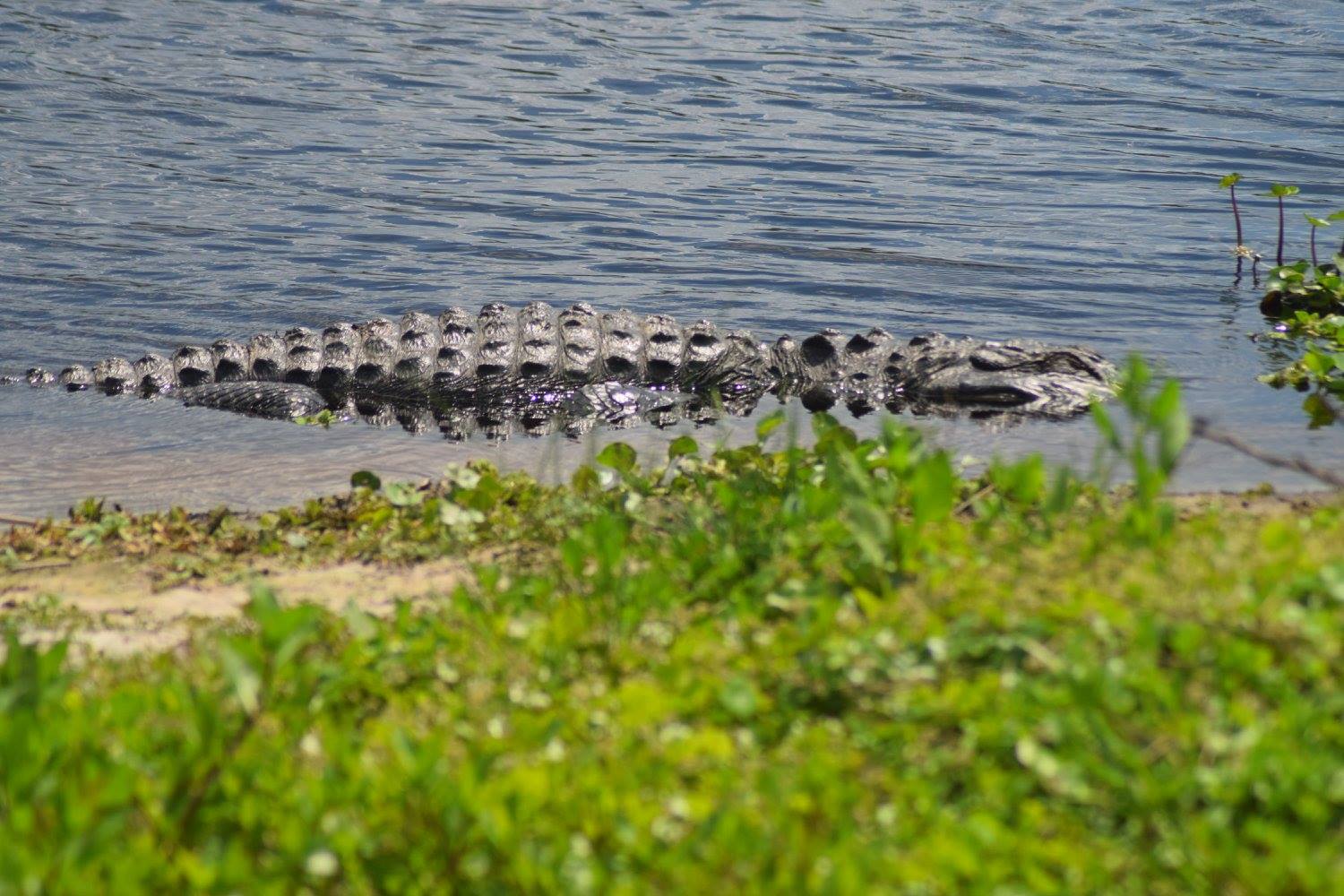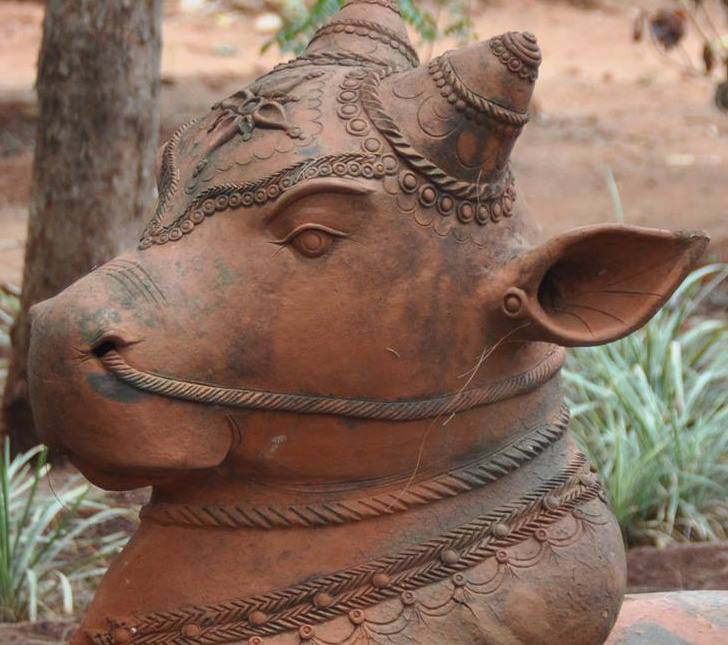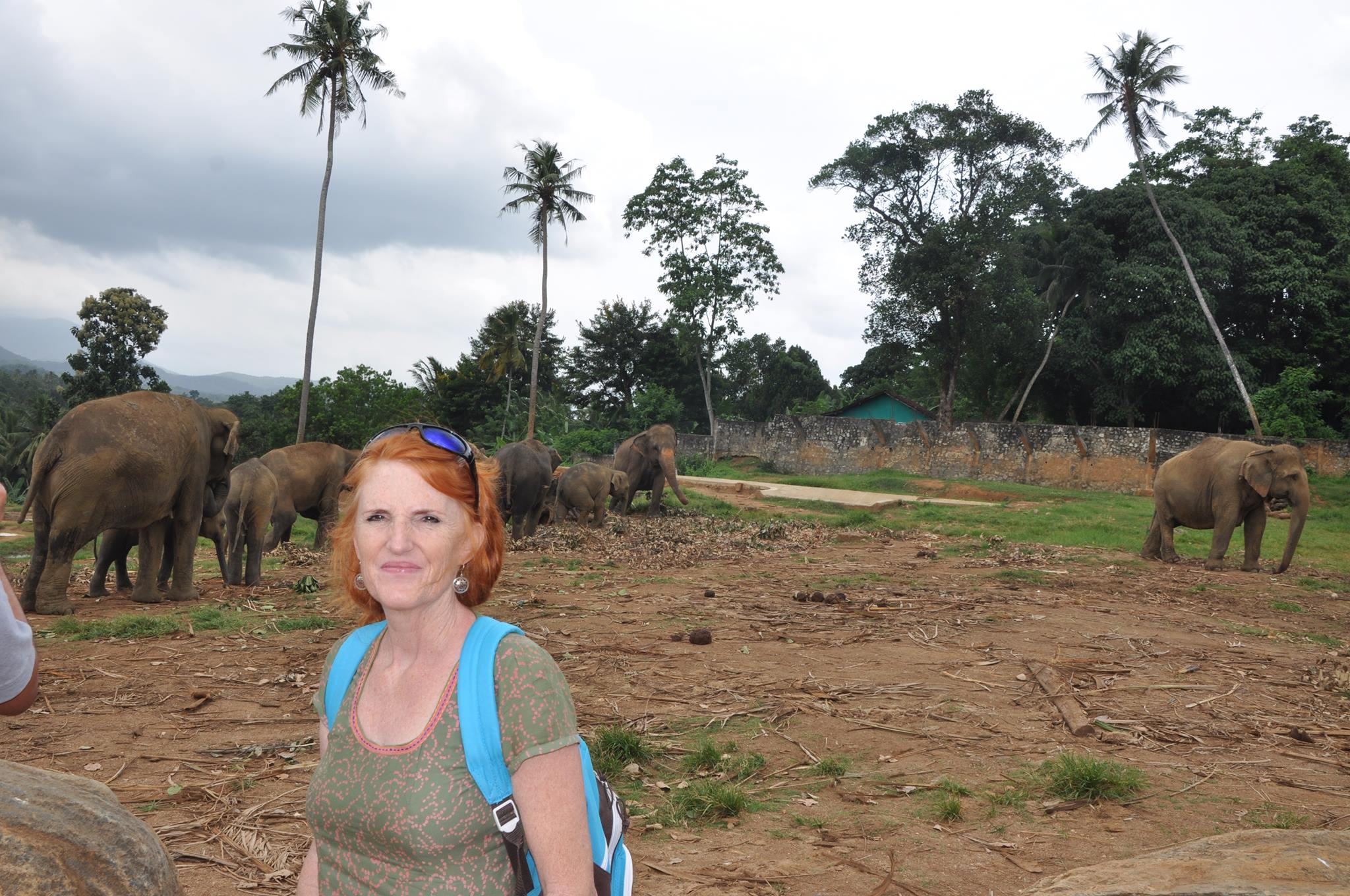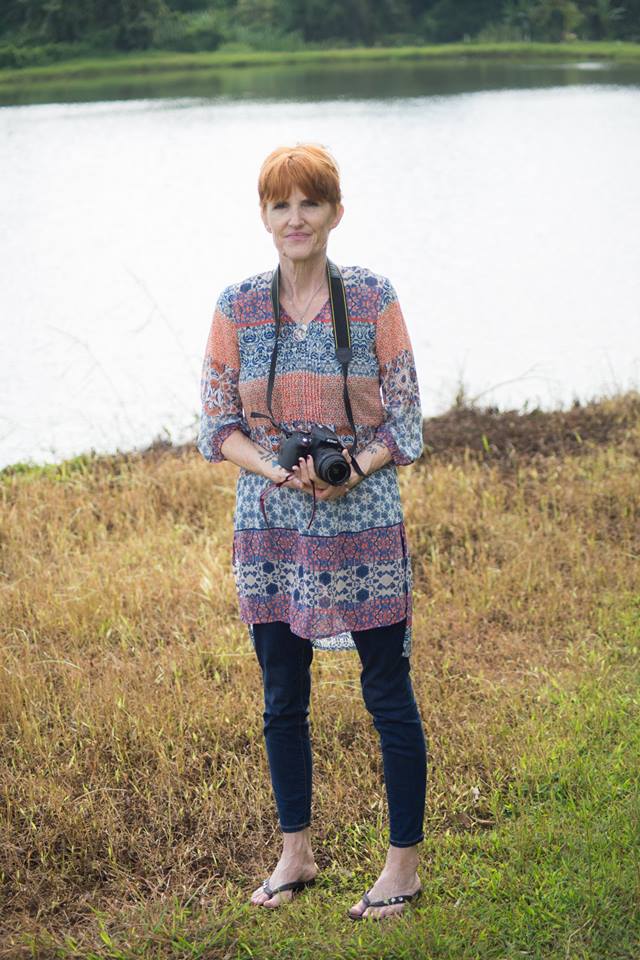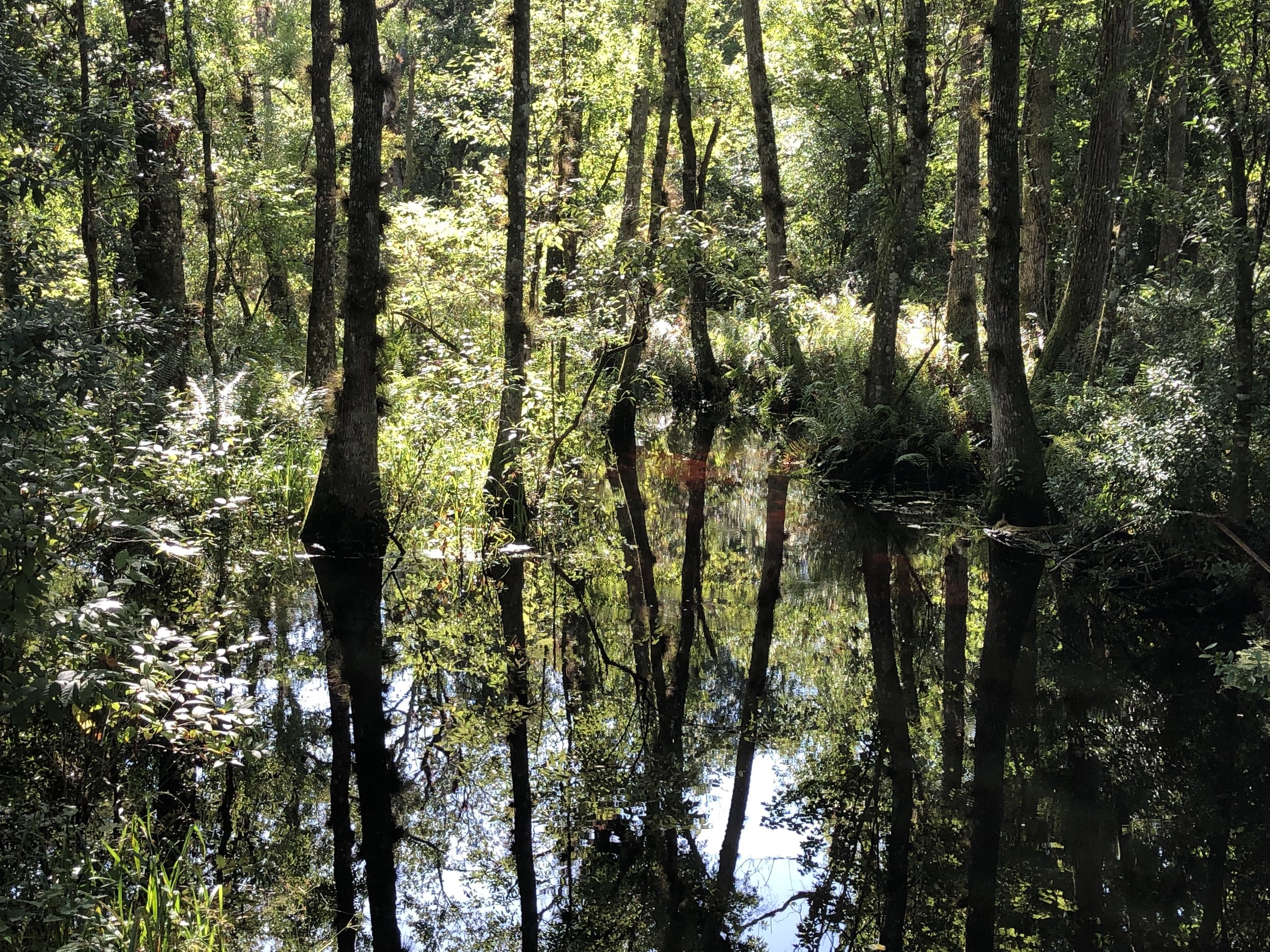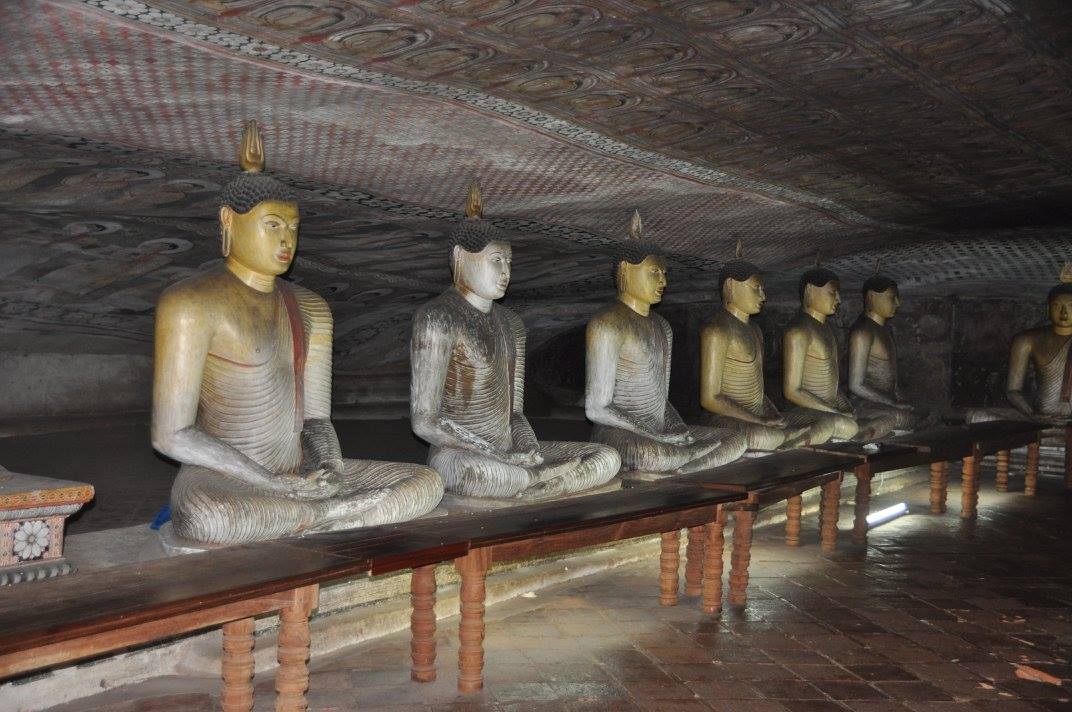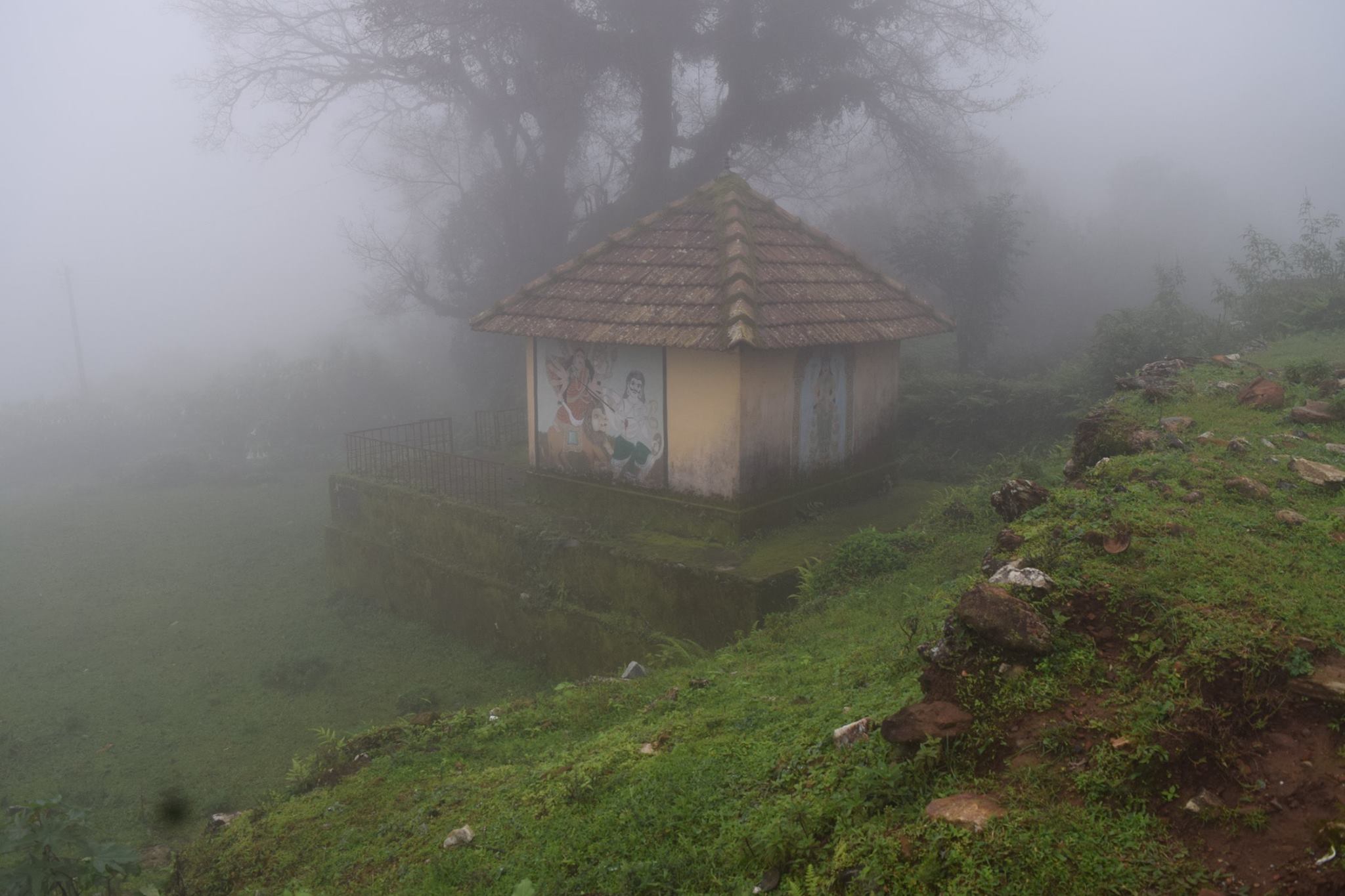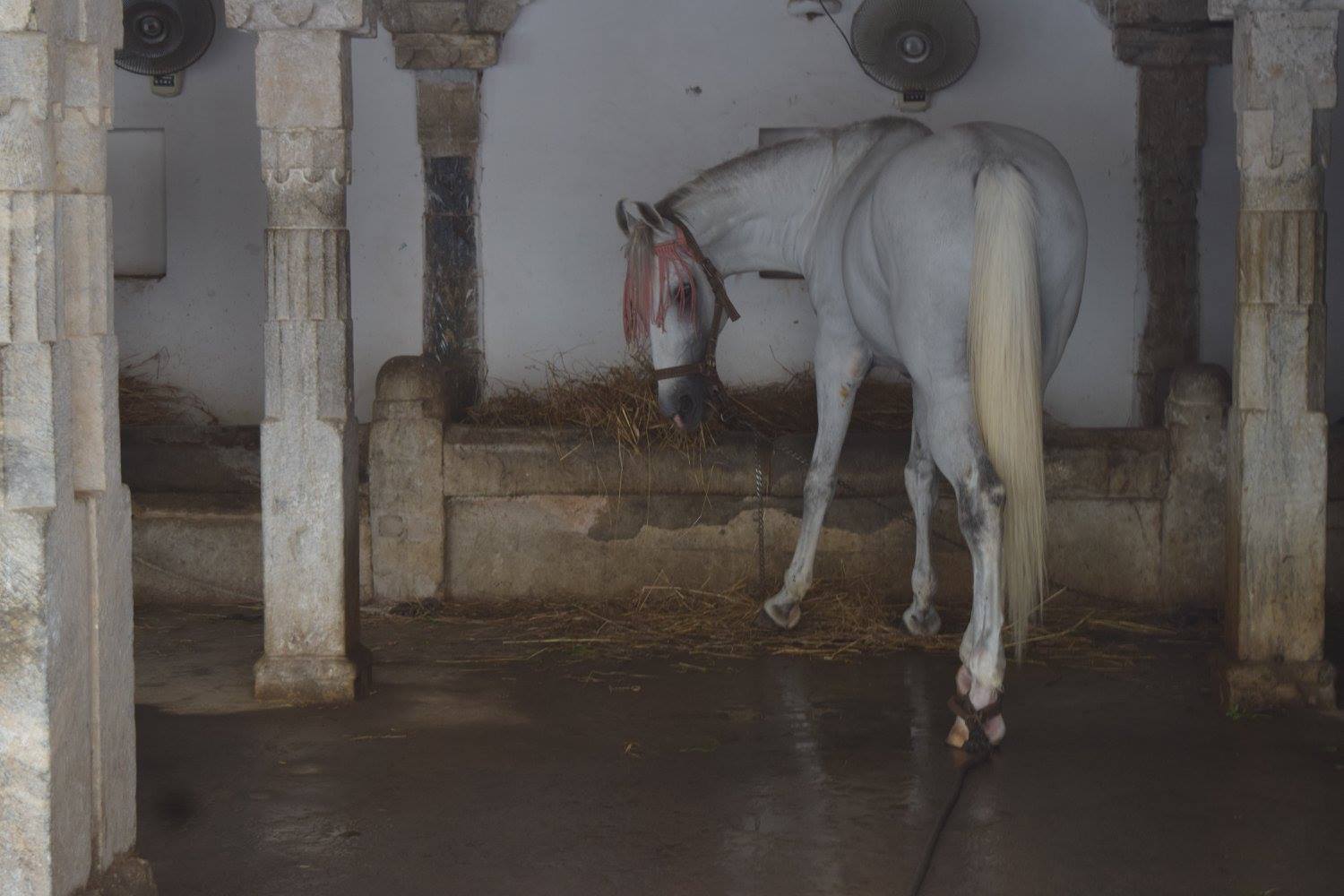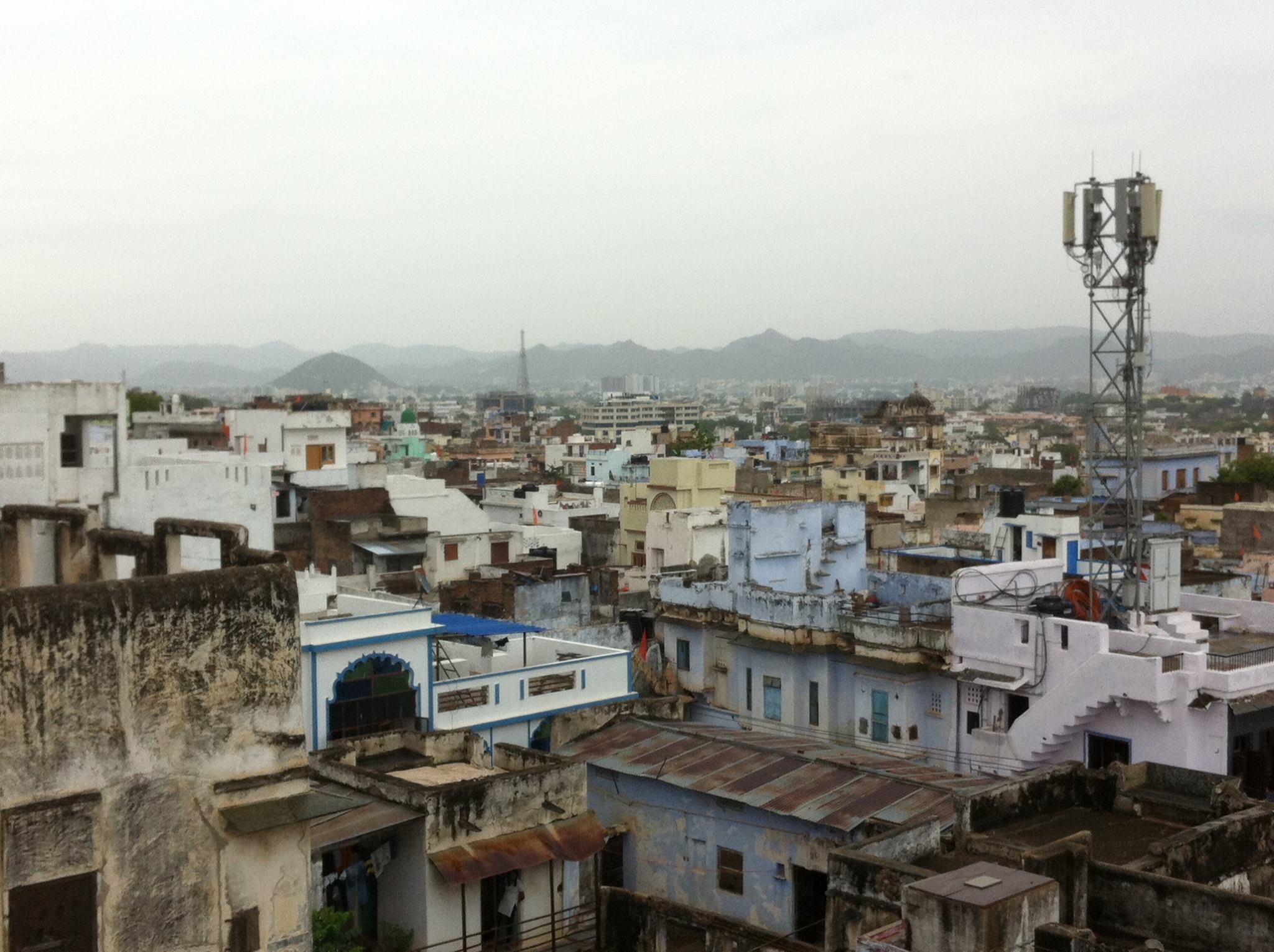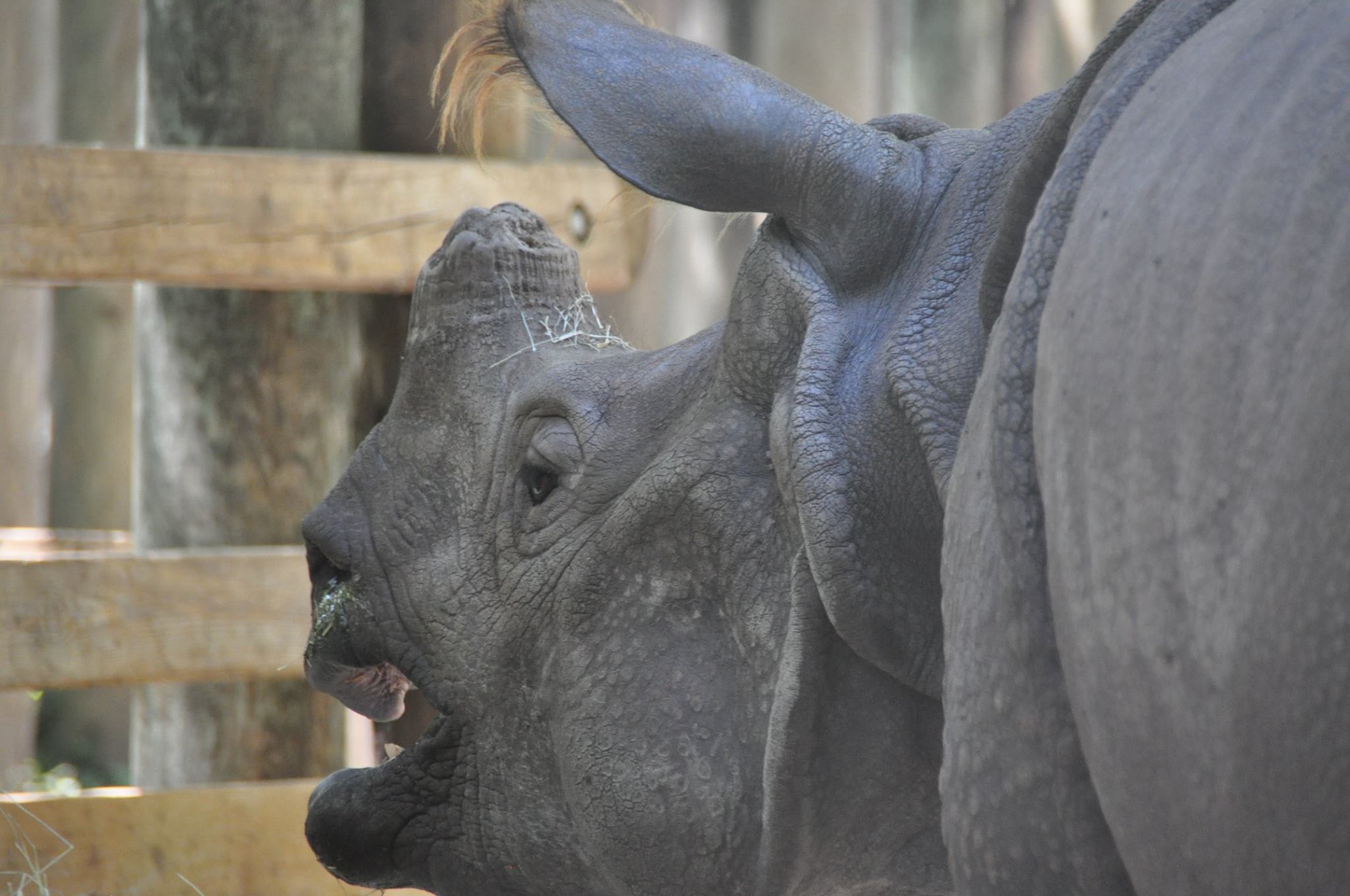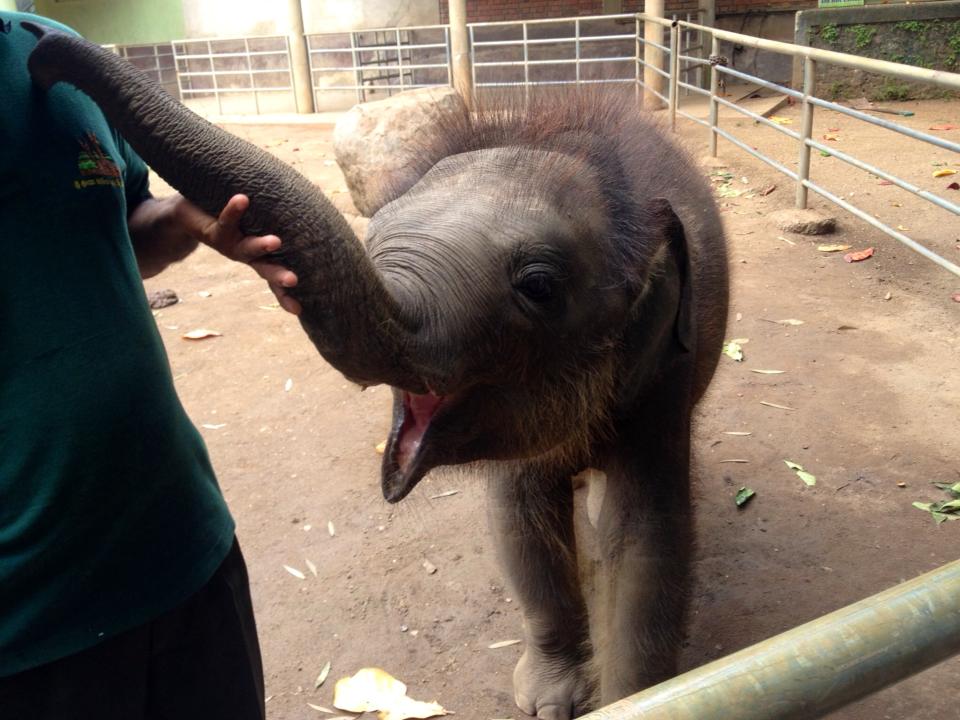ASSOCIATE PROFESSOR OF GEOGRAPHY
(she, her, hers)
UNIVERSITY OF SOUTH FLORIDA, school of geosciences
I live and work on occupied territory of the Seminole, Calusa and Tocobaga people
See my podcast/VIDEOs here:
https://callingearth.lib.usf.edu/calling-earth-044-rebecca-johns-geographer
https://www.usf.edu/arts-sciences/florida-studies/faculty/rebecca-a-johns.aspx
READ MY PERSONAL BLOG HERE:
https://nightheronwitch.blogspot.com
INITIATIVE ON COASTAL ADAPTATION AND RESILIENCE
DIRECTOR, COMMUNITY OUTREACH AND EDUCATION
January 2015 - December 2021
THOREAU STUDIES:
Teaching Transcendentally: Thoreauvian mindfulness, authenticity and self-development as a pedagogical method, presented at the 2023 Thoreau Society Annual Gathering
Confronting our Transgressions: examining early animal rights in antebellum New England through the work of Henry David Thoreau, to be presented at the 2024 American Society of Environmental History meetings in Denver, CO.
Engaging Community Leaders in Tampa Bay through Storytelling and Personal Experiences of Climate Change
Amanda Moore, Principal Investigator, NWF; Melissa Hill, NWF; Paige Lansky, NWF; Arsum Pathak, NWF; Rebecca Johns, Ph.D., USF; Sierra Raines, USF
This project is funded by the National Academies of Science, Engineering and Medicine. I serve as the senior social scientist on the research team. This project captured stories of climate risk and resilience from around the Gulf of Mexico, resulting in a short documentary film called Dear Tampa Bay. The impact of the film as an educational tool was measured through surveys. The second phase involved educational boat tours in the Tampa Bay, followed by focus groups to gauge impact of experiential learning. Results forthcoming in 2024.
THE ENVIRONMENTAL CITIZENSHIP PROJECT:
Scripting for Change
PRINCIPAL INVESTIGATOR - Dr. Rebecca Johns
One of the most pressing challenges in the United States today is the need to quickly and efficiently adapt to a changing climate, build local and national resilience, and make significant changes to the national energy grid to mitigate further global warming. Accomplishing these monumental goals requires an informed, active and motivated citizenry. The environmental citizen is a person who engages with critical environmental problems in both the private and public spheres; takes action at personal and collective scales; and is willing to move beyond her own intellectual comfort to destabilize narratives that perpetuate the status quo.
As a researcher, I am committed to critically examining the stories told through environmental education and advocacy about the human-nature relationship, how human identity is constructed in relation to nature, and how the role of humans in the world is conceptualized. Embracing relational ontologies and epistemologies, I pay particular attention to the role of animals as emotional ambassadors for the environment, as magnets for the human longing to connect with non-human others, and as motivational forces on behalf of nature. Thus, much of my work is conducted at zoos or through examination of animal displays at nature preserves and theme parks.
Environmental education (EE) programs, wherever they exist, create narratives of value and meaning. Through deliberate choice of topics, perspectives, and approaches to teaching, environmental educators construct a story about nature and human relations to it, presenting an ideal image of what it means to be an environmental citizen. Educators make choices about the intended audience for their programs, and they create expectations for behavioral change through program design. Narratives commonly aim to instruct, convey truths and values about a culture, encourage action, and legitimize behavior (Foss, 2009). By examining the rhetorical construction of the environmental citizen through an in-depth analysis of EE programs at key sites in Florida, the United States and abroad, we can better understand how practitioners imagine the process of social change required to ultimately address critical environmental challenges.
Using rhetorical analysis of textual and visual narratives, I identify tropes that pervade national and international stories about the human role in the environment. I seek to identify the scale of causes identified for key environmental problems, as well as the solutions proposed. I ask how the role of the individual is scripted in these stories, and what limits are imposed on that role by hegemonic narratives about societal processes, relationships, and values. I aim to illuminate who is included in the imagining of the environmental citizen, and who is left out, both historically and in the present moment.
I am also interested in material artifacts and their use in telling environmental stories. Using material culture analysis, I ask how artifacts in exhibits at museums, parks, zoos and other educational sites speak about nature, and what values they embody. Does the use of animals and animal parts in educational displays destabilize the hegemonic narrative of human exceptionalism, or reinforce human control and domination of non-human others? What work do these objects do on behalf of their species?
Relying on theoretical frameworks from pedagogical theory, environmental education practice, and theories of social change, I seek opportunities for citizens to engage emotionally, cognitively and behaviorally with nature and environmental knowledge; I look for transitions from traditional pedagogy relying on transmissive theories of learning to those that employ constructivist models and relational epistemology. Ultimately, we aim to understand and interrogate the models of social change that underlie dominant stories about the environment and the human relationship to it.
I pay particular attention to rhetorical exclusion of Black, Native and Latinx communities from environmental discourse, including the environmental movement, environmental education narratives, and environmental advocacy. Bridging the gap between mainstream environmentalism and environmental justice must be a priority for the environmental movement. The events of the summer of 2020 and the resurgence of the movement for Black lives makes it clear that inclusion of all visions of nature and the human-nature relationship is urgent to make progress toward climate justice and to address the climate emergency, as well as to prevent further backsliding on critical gains in species protection, wildlands preservation, pollution regulation, and development of renewable energy sources and the transition to a green economy.
InterestS
ENVIRONMENT-SOCIETY RELATIONSHIPS
ENVIRONMENTAL CITIZENSHIP
ENVIRONMENTAL EDUCATION
ENVIRONMENTAL PERCEPTIONS, ATTITUDES AND BEHAVIORS
CLIMATE RESILIENCY
HUMAN-ANIMAL RELATIONS
CLASS, RACE AND GENDER
THEORIES OF SOCIAL CHANGE
ENVIRONMENTALISM IN INDIA
MATERIAL CULTURE ANALYSIS
RHETORICAL ANALYSIS
COMMUNITY-BASED RESEARCH
COURSES
GEOGRAPHY, INTERDISCIPLINARY SOCIAL SCIENCE, RESEARCH METHODS, ENVIRONMENTAL SCIENCE AND POLICY, FLORIDA STUDIES
I have been teaching at USFSP for over twenty years. I teach courses in Geography, ISS, and ESP. My courses range from introductory courses such as World Regional Geography and Nature and Culture to advanced seminars. I also teach graduate seminars in environmental thought and qualitative research methods. I work with graduate students in Florida Studies and in Geography.
–
GEA 2000 WORLD REGIONAL GEOGRAPHY
GEO 4379 GEOGRAPHIC PERSPECTIVES ON ENVIRONMENT
ISS 4935 SENIOR SEMINAR IN SOCIAL SCIENCES
GEO 3112 QUALITATIVE RESEARCH IN GEOGRAPHY
ISS 1103 NATURE AND CULTURE
HUM 6815 RESEARCH SEMINAR
GEO 6116 PERSPECTIVES IN ENVIRONMENTAL THOUGHT
GEO 6113 QUALITATIVE RESEARCH METHODS
GEO 4450 MEDICAL GEOGRAPHY
GEO 2400 HUMAN GEOGRAPHY
GEO 4470 POLITICAL GEOGRAPHY OF THE UNITED STATES
GEO 4502 ECONOMIC GEOGRAPHY: WORLD DEVELOPMENT
GEO 4421 CULTURAL GEOGRAPHY
GEO 4372 GLOBAL CONSERVATION
GEO 3602 URBAN GEOGRAPHY
GEA 3194 REGIONAL GEOGRAPHY OF SOUTH ASIA
GEO 4933 SENIOR COLLOQUIUM IN GEOGRAPHY
MEMBERSHIPS
League of Environmental Educators of Florida (LEEF)
Association of American Geographers (AAG)
North American Association for Environmental Education (NAAEE)
American Society of Environmental History (ASEH)
FLORIDA SOCIETY OF GEOGRAPHERS (FSG)
INTERNATIONAL SOCIETY FOR LANDSCAPE, PLACE AND MATERIAL CULTURE
THE THOREAU SOCIETY
Abiaka, Bald Eagle, Boyd Hill Nature Preserve
Published (recent):
Johns, Rebecca; Dixon, Barnali and Viera, Matt. “Police Violence as Containment of Black Bodies during Urban Renewal: a spatial analysis of civilian deaths by Police in Florida” Southeastern Geographer.
Johns, Rebecca; Beach, Julie, 2022. “Experiencing Nature at Weedon Island Nature Preserve: discourses of duality, willful blindness and ecological nobility.” The Journal of Outdoor and Environmental Education.
McKenna, Kelly, and Johns, Rebecca, 2022. “Evaluating Engagement in Environmental Education in Florida.” The Florida Geographer.
Flanery, Adam; Mbatu, Richard; Johns, Rebecca; Stewart, Donna, 2022. “Rural community agency in Cameroon: Interactions with forest policies and the REDD+ climate change regime.” Forest Services.
Johns, Rebecca, Dixon, Barnali and Pontes, Rachelle, 2021. “Tale of Two Neighbourhoods: Biophysical and Socio-Economic Vulnerability to Climate Change in Pinellas County, Florida.” Local Environment: the International Journal of Justice and Sustainability.
Dixon, Barnali, Fernandez, Amada, and Johns, Rebecca, 2021. “The Role of Crowdsourced Data, Participatory Decision-Making and Mapping in Resilience to Flooding.” Applied Geography, 128.
Johns, Rebecca, and Pontes, Rachelle, 2020. “Displaying values, scripting stories: writing narratives of environmental citizenship through permanent educational exhibits at local nature preserves.” Museum & Society, November. 18(3) 386-408
Johns, Rebecca, and Pontes, Rachelle, 2020. “Educating with Skins and Bones: Material representations of animals in permanent exhibits at local parks.” Material Culture Vol. 52, No. 2.
Dixon, Barnali, and Johns, Rebecca, 2019. “Vision for a Holistic Smart City - HSC : Integrating Resiliency Framework via Crowdsourced Community Resiliency Information System (CRIS)*”
*ARIC'19, November 5–8, 2019, Chicago, IL, USA © 2019 Association for Computing Machinery. ACM ISBN 978-1-4503-6954-1/19/11
https://doi.org/10.1145/3356395.3365541
Flanery, Adam, Mbatu, Richard, Johns, Rebecca and Stewart, Dona, 2020. “Heterogeneity and Collective Action: Community Integration Appraisal for REDD+ Forest Management Implementation,” Small Scale Forestry. Forthcoming.
Johns, Rebecca, and Pontes, Rachelle, 2019. “Environmental Education in India: constructing environmental citizens through narratives of optimism.” Education Research Highlights in Mathematics, Science and Technology. Mack Shelley and Ahmet Kiray, editors. ISRES Publishing, Iowa State University.
Johns, Rebecca. and Pontes, Rachelle. 2019. “Parks, Rhetoric and Environmental Education”, The Journal of Outdoor and Environmental Education, vol. 21
Johns, Rebecca, and Pontes, Rachelle, 2018. “Building Environmental Literacy Through Non-Formal Environmental Education: Challenges and Opportunities” The Florida Geographer, Fall 2018.
FORTHCOMING/under review:
Johns, Rebecca. “The Story of Us: the Smithsonian’s National Museum of Natural History and the politics of the Anthropocene.” Internal Research Grant received; fieldwork conducted spring 2022. Under review at Material Culture.
Johns, Rebecca, Raines, S., Moore, A., Hill, M., Lansky, P, and Pathak, A. “Dear Tampa Bay: Creating and Leveraging a Climate Resilience Documentary Film using Story-Telling for Citizen Engagement.” Under review at Environmental Communication.
Johns, Rebecca, Raines, S., Moore, A., Hill, M., Lansky, P, and Pathak, A, “Educating and Empowering Local Leaders through Experiential Education for Climate Resilience in Tampa Bay, Florida.” Under review at Applied Environmental Education & Communication.
Alegria, H. Dixon, B. R. Johns, A. Collarusso, and M. Hancock. 2023. “Using a smart city framework to advance justice: applying an equity lens to compare air quality in neighbourhoods of different socioeconomic profiles.” Under review at Local Environment.
ONGOING RESEARCH:
“Not your grandpa’s Sierra Club: examining racism and exclusion in the rhetorical construction of the environmental citizen.” book manuscript, under contract with the university of florida press.
This project presents a rhetorical analysis of the construction of the environmental citizen through the narratives of the Sierra Club in the time period from 1900 to the present. As one of the most important environmental organizations in the United States, the Club has played a pivotal role in social conceptualizations of nature and the human-nature interface since its foundation. I ask how the Sierra Club has responded to the changing American social landscape through pivotal moments of the 20th century, and to the post-millennial period, as pressures from climate change and other anthropogenic effects of post-industrial society have mounted. I pay particular attention to the rhetorical construction of audience to ascertain the Club’s responsiveness to criticisms of exclusion of communities of color from mainstream environmentalism, outdoor recreation, and claims to knowledge about the land. How has the Club produced, through its rhetorical narratives, paradigms of the concerned environmental citizen and concomitant appropriate environmental action? Do these paradigms adequately reflect the diversity of ways communities may define and engage nature? To what extent do the Club’s narratives maintain or undermine the iconic American wilderness ideal; respond to criticisms of exclusion, environmental racism, and eco-imperialism; and address the urgency of 21st century wicked problems? Using rhetorical analysis of historical documents in the William E. Colby Library and contemporary online bulletins, meeting minutes, press releases, and digital calls-to-action, a detailed picture of the Sierra Club’s conceptualization of audience and message over time is constructed and interrogated.
“Displaying Human-Nature Entanglements: Educational Exhibits at the Smithsonian Institute”
Natural history museums and zoos are both widely recognized sites of public education about the natural world, and can be leveraged to enhance the ecological literacy of citizens. Exhibits create narratives which construct specific environmental values, and may reinforce or challenge status quo beliefs about the human relationship to nature. This research examines the material artifacts, and visual and textual displays at educational exhibits at two premier national institutions, the American Museum of Natural History, and the Smithsonian National Zoo, to identify similarities and differences in their construction of the human-nature nexus, environmental values and concepts of ecological citizenship.
“Exhibit, that’s to disturb harmony. Exhibit, that’s to trouble the visitor in his intellectual comfort. Exhibit, that’s to arouse emotions, anger, desire to know more.” (Arnold 2006, 257).
Urgent environmental crises demand a citizenry that is educated, informed, motivated and prepared to act. Levels of environmental literacy in the United States remain low. Recent scholarship has noted the importance of non-formal environmental education to rectify gaps in knowledge and to motivate action (McKeown & Hopkins, 2003). Natural history museums and animal exhibits at zoos are critical sites for environmental education in the United States. My work has focused on investigating the specific narratives constructed through educational displays at museums, parks and zoos, primarily in Florida (see Johns and Pontes, 2018; Johns and Pontes 2019; Johns and Pontes, forthcoming, for example). Examination of the way material exhibits construct explicit narratives about the human-environment relationship is a relatively new area of study, in which my research is making significant contributions. There is a need to better understand how popular sites of public education utilize both material artifacts and textual and visual narratives to privilege particular understandings of human relationships to nature and to advocate for specific environmental values and behaviors. The influence of prominent institutions of non-formal education on public conceptualizations of individual and collective responsibility for the environment is critical to the development of lasting solutions to our ecological crises. My work deepens our understanding of such exhibits as carriers of important cultural constructs about nature.
The proposed project expands my research on narratives of environmental citizenship in educational displays at Florida parks, preserves and zoos to the national scale to examine exhibit narratives at two of the premier institutions in the U.S.: the American Museum of Natural History and the Smithsonian National Zoo, both governed by the Smithsonian Institute and located in Washington, D.C. This project is the first case-study in what will be a multi-site, national project for which I seek external funding.
Natural history museums have evolved in Europe and North America over several hundred years. From their origins as private collections of exotic artifacts and specimens gathered by the elite, collections of “natural” items evolved into public institutions with critical research and educational missions (Melber and Abraham 2002). Natural history museums have received significant attention from scholars in recent years, even as pedagogical approaches used in displays have been transformed to be more interactive and experiential. By the 1980s, the removal of glass between exhibits and visitors introduced touch to the museum experience (Melber and Abraham 2002).
Much of the discourse on museums has focused on the way human culture is displayed, but animal and landscape exhibits have also garnered attention. Like all visual displays, animal exhibits create a narrative which may reinforce or destabilize status quo beliefs about non-human animals and our relationship to them. The importance of such narratives is clear when we consider that museum exhibits of animals may often be the only encounter that visitors have with many species (Melber and Abraham 2002). Museum displays have the power to inspire and challenge long-held beliefs about human exceptionalism and dominion over non-human others. Pedersen argues that a hidden “zoocurriculum” written by visual narratives in museum displays communicates “expected responses” in audiences, directing them to view animals in particular ways (Pedersen 2010). As visual, textual and tactile displays, education exhibits may reinforce particular ideas about self and society, and more importantly for this work, about self, nature, and “other.” As Annu Jalais notes, “If…ideas of nature are fundamentally intertwined with dominant ideas of society, we need to address what ideas of society and its ordering become reproduced, excluded, or validated through images of nature” (2008, 34).
Natural history museums, however, rarely contain living animals; zoological parks are the primary place Americans go to see live animals. The human desire to engage directly with non-human others has been the focus of scholarship for some time (Berger 1980). While our lives are saturated with representations of animals, the embodied experience of inter-species contact with living others is largely believed to be a more affective and powerful experience (Bulbeck 2005). Humans living in developed countries seek out encounters with animal others in a variety of settings, including zoos and wildlife parks. Indeed, zoos and aquariums, which typically have strong educational missions, welcome approximately 700 million visitors annually worldwide (Gusset and Dick 2011).
Through encounters with animals at zoos and aquariums, Bulbeck suggests that “really being there” is “more likely to produce changed behavior in relation to animals than mere knowledge offered by science or entertainment” (2007, xvi). Extensive research has uncovered that seeing, interacting, and connecting with animals can enhance visitors’ environmental knowledge and attitudes leading to positive environmental behavior changes (Ballantyne et al. 2011; Mazur 1998). Myers et al. (2009) argue that seeing animals in a zoo may be a catalyst for forming a positive relationship with nature and opening the door to environmental learning. Animal displays may be seen as critical sites for understanding human-animal relationships and conveying values about human-nature interactions (Desmond 2016). Thus, both natural history museums and zoos offer powerful opportunities for visitors to encounter and engage with representations of non-human nature. Such representations, however, are far from universal or benign, and are instead influenced by institutional mission, curator knowledge and vision, and material limitations of each site. As carriers of cultural constructs about human dominion over, responsibility for, and engagement with non-human nature, museums and zoos play a critical role in citizens’ perceptions of their responsibility for the environment, and hence, cannot go unexamined.
The impact of my findings on weaknesses and strengths in material educational displays at key national sites of non-formal learning is important to efforts to expand public understanding of environmental crises and motivate individual and collective agency in ameliorating pressing problems of the environment. Comparing and contrasting a museum of natural history with a nearby zoo, both within the Smithsonian Institute, will help to illuminate the differences and similarities in paradigms of human-nature relationships produced by two connected, but dissimilar, facilities. Funded through a USF Internal Research Grant. Estimated Date of Completion: December 2021
new research
I am currently working on three papers on the work of Henry David Thoreau.
Teaching Transcendentally: Thoreauvian mindfulness, authenticity and self-development as a pedagogical method
Confronting our Transgressions: examining early animal rights in antebellum New England through the work of Henry David Thoreau
early children’s literature and thoreauvian worldviews
Please email me for more information.
PAST PROJECTS:
Gruber, Jessica, Mbatu, Richard, Dixon, Barnali and Johns, Rebecca, 2017. "Factors that influence success of conservation practice: Re-framing the traditional biological factors approach to an integrated holistic approach" Natural Resources Forum.
Johns, Rebecca, and Merton, Elizabeth, 2015. “Neglected Yards and Community Landscaping,” The Southeastern Geographer.
Johns, Rebecca, Dixon, Barnali, McHan, Chris and Westmark, Zach, 2013. “Evaluating Food Deserts in St. Petersburg, Florida.” The Florida Geographer 44: 15-37.
Mustafa D, Smucker T A, Ginn F, Johns R, Connely S, 2010, "Xeriscape people and the cultural politics of turfgrass transformation" Environment and Planning D: Society and Space 28(4) 600 – 617.
Johns, Rebecca A., 2009. “Assessing The Social And Ecological Impact Of Voluntary Simplicity,” Papers of the Applied Geography Conferences 32:262-271.
Johns, Rebecca A., 2008. “Ecologically Appropriate Residential Landscaping in Pinellas County, Florida: Barriers and Incentives.” Papers of the Applied Geography Conference 31:283-291.
Johns, Rebecca A., Connelly, Shanon, Dorsey Joseph ,Krest, Jim, Mustafa, Daanish, Smucker, Thomas, 2007. “Xeriscaping as Coastal Amelioration: using “Florida Friendly Landscaping” to reduce pollutant runoff and water consumption in Pinellas County, Florida,” Interdisciplinary Environmental Review X, (2): 113-141.
Johns, Rebecca A., 2005. "The Potential of Geographic Analysis in Solving Environmental Dilemmas.” Interdisciplinary Environmental Review VII (2): 13-33.
Schmidt, Nancy, Mark Luther, and Rebecca Johns. 2004. “Climate variability and estuarine water resources: A case study from Tampa Bay, Florida.” Coastal Management 32(2):101-116.
Johns, Rebecca A., 2003. “Remembering Our Place: Ethical Activism for Scholars” Ethics, Place and Environment 6(1): 56-61.
Johns, Rebecca, 2001. “Identifying Barriers to Native American Participation in Higher Education,” Papers of the Applied Geography Conferences 24: 322-331.
Johns, Rebecca, 2001. "Understanding the Influences of Global Processes and Local Context in the Construction of Nature in South Asia: Teaching Strategies," Teaching South Asia.
Johns, Rebecca A., 2001. “Arbitration as a Decision-Making Tool: The Tampa Bay Water Case, Southeastern Geographer 41 (1) pp.117-135.
Johns, Rebecca A., 2000. “Building Unity in a Common Place: Intentional Communities in the United States,” Papers of the Applied Geography Conferences 23:1-9.
Johns, Rebecca A., and Vural, Leyla, 2000. “Class, Geography and the Consumerist Turn: UNITE and the Stop Sweatshops Campaign,” Environment and Planning A 32(7):1193-1213.
Sen, Bagchi, Cline-Cole, R., DeFillipis, J., Douglass, M., Emel, J., Hanson, S., Johns, R., Lake, R., Lawson, V., Leaf, M., Leichenko, R., Marston, S., McGee, T., Pandit, K., Pincetl, S., Schroeder, R., Sheppard, E., and Waterstone, M., 1999. “Toward a Comprehensive Geographical Perspective on Urban Sustainability,” Final Report of the 1998 NSF Workshop on Urban Sustainability, Center for Urban Policy Research, Rutgers University.
Johns, Rebecca A., 1998. "Bridging the Gap Between Class and Space: U.S. Worker Solidarity with Guatemala." Economic Geography 74(3): 252-271.
Johns, Rebecca A., 1993. "Class and Place in the New World Order: International Labor Solidarity," The Middle States Geographer 26.
Lake, Robert W. and Johns, Rebecca A., 1990. "Legitimation Conflicts: The Politics of Hazardous Waste Siting Law," Urban Geography, Vol. II (5): 488-508.
Other Publications:
Johns, Rebecca, 1999. “It’s Time to Debate Our Mission,” Advocate (for NEA members in Higher Education), Vol. 1, No. 8, August.
Johns, Rebecca, 2000. “Interview: Charlene Teters on Native American Symbols as Mascots,” Thought & Action, Volume XVI, Number 1, Summer, pages 121-130.
Organizing Experience:
Dr. Johns has been organizing for environmental, racial and global justice for nearly 50 years. Starting at the age of 14, she worked with the Friends of the Earth, and the Sempervirens Fund to protect endangered species, including Canis Lupus and the majestic Redwoods of her native California. In high school, she helped organize support for Cesar Chavez and the United Farm Workers, and then in college, she was active in the Anti-Apartheid movement and the movement to support democratic governments in El Salvador and Nicaragua. Later, in Madison, Wisconsin, she helped found the Third World Coalition, an organization of member groups working to combat U.S. imperialist endeavors in developing countries, support people’s movements for sovereignty, and eliminate racism in the U.S.. She was an active member of the American Federation of Teachers and the Take Back the Night movement. In New York, Dr. Johns worked for the Palestine Aid Society and the Amalgamated Clothing and Textile Workers Union, where she helped organize Latinx hat makers in the south Bronx and rural clothing workers in New Jersey. She worked with the Kentuckians for the Commonwealth in southern Appalachia fighting Big Coal, and after coming to Florida, she worked with the Uhuru movement following the murder of Tyron Lewis. In St. Petersburg, she has continued to support grassroots efforts around racism against African Americans and Native Americans, especially in the college curriculum and in the continued use of racist sports mascots. Through her work as the Director of Community Outreach and Education, Dr. Johns has continued to work closely with marginalized communities, community leaders and NGOs around issues related to climate and environmental justic.
Education
Doctor of Philosophy, Rutgers University, Geography, New Brunswick, New Jersey, 1994.
Master of Science, University of Wisconsin-Madison, Geography, 1988.
Bachelor of Arts, Stanford University, Anthropology, 1981.
Awards
Frank E. Duckwall Professor of Florida Studies,
2016-2018, Endowed Chair
USF Award for Excellence in Teaching, 2002
Contact
Email: rjohns@usf.edu
Phone: 727-873-4556
Address: 140 7th Avenue South, St. Petersburg, FL 33701
GRADUATE STUDENTS (Recent)
Ms. Julie Beach, Master of Liberal Arts, Florida Studies
Ms. Rachelle Pontes, Master of Liberal Arts in Florida Studies
Ms. Kelly McKenna, Master of Science in Environmental Science and Policy
Dr. Lauren Drakopulos, Ph.D., Geography, University of Washington M.S. ESP
Dr. Kyle Buck, Ph.D., Geography, University of South Carolina, M.S., ESP
Ms. Lindsay Brendis, Master of Arts in Environmental Science and Policy
Ms. Raina Crumby, Master of Arts in Environmental Science and Policy





